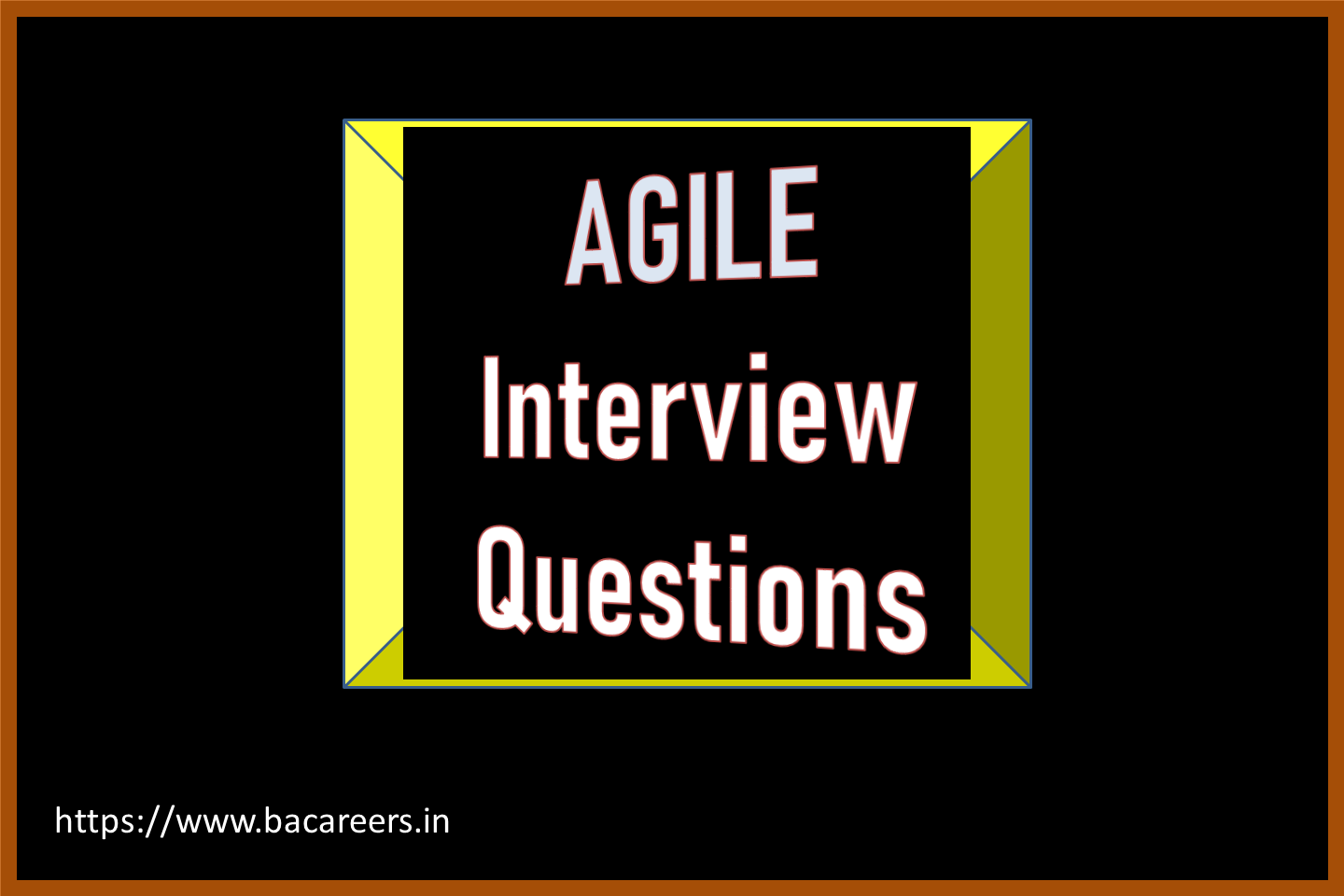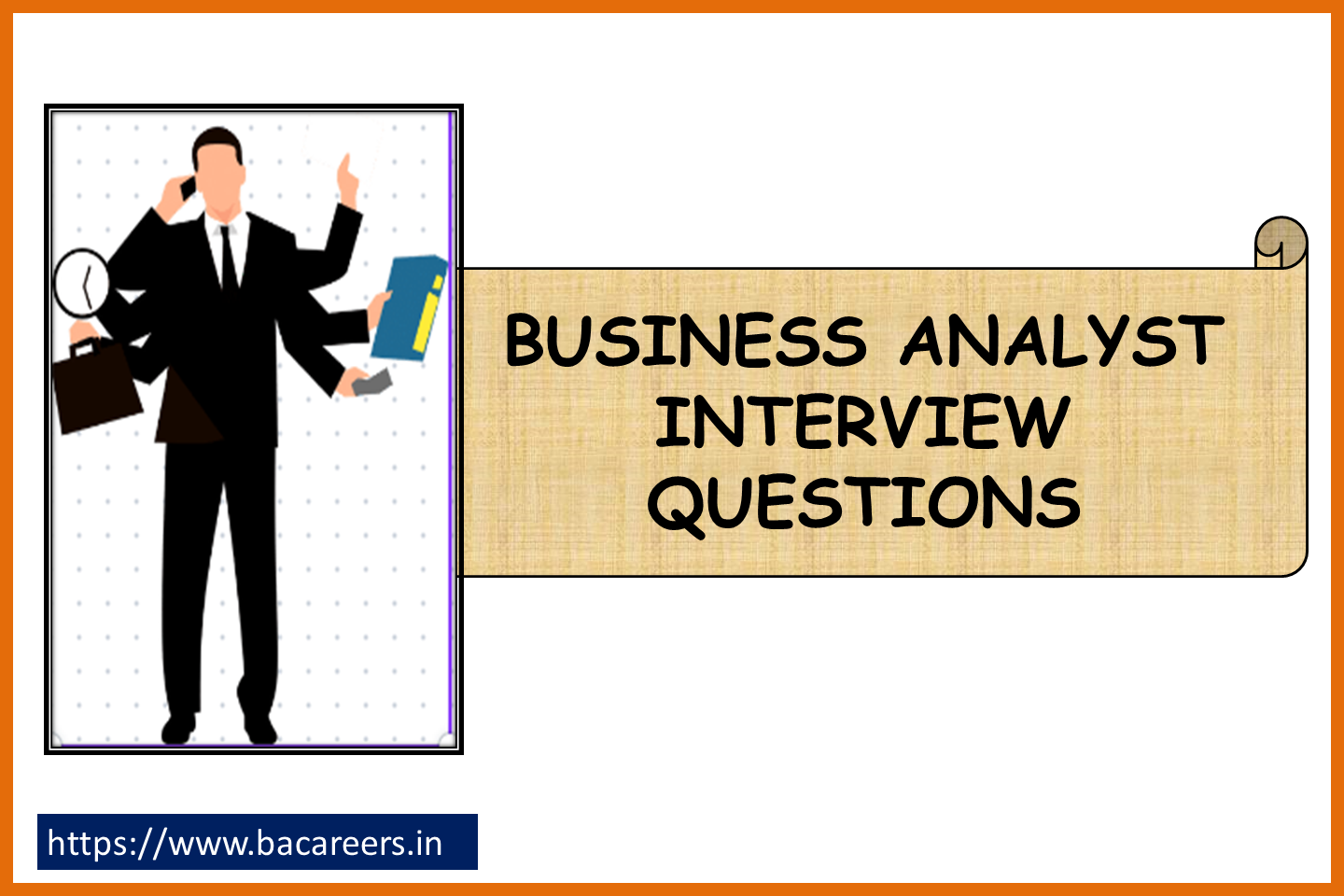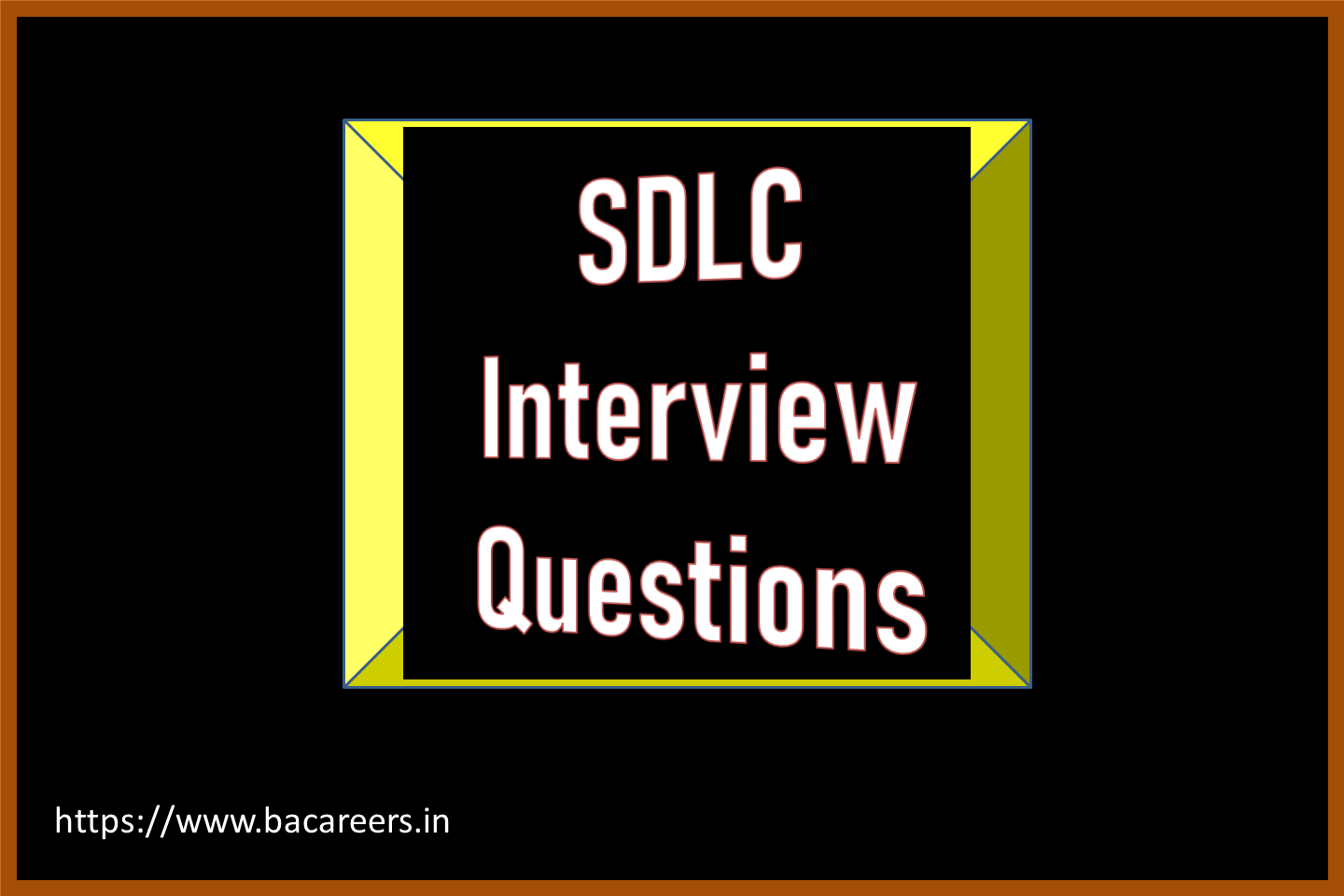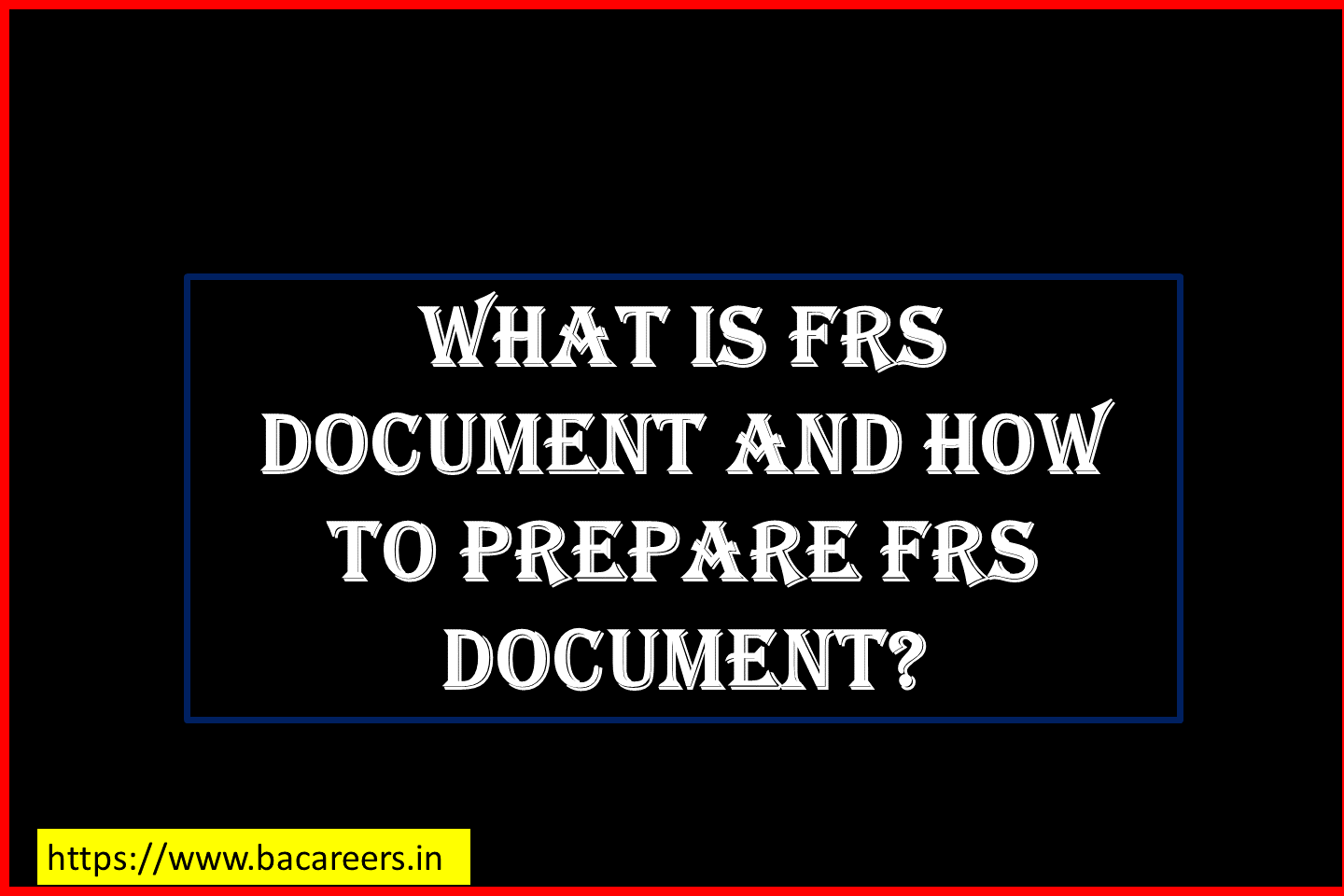Agile Interview Questions for Business Analyst
Let us discuss on commonly asked Agile Interview Questions for Business Analyst.
What do you know about agile?
An agile team is a group of people who work together to create something. Agile teams use short iterations to build software. Each iteration is called a sprint. A sprint is a set amount of time where the team works together to build a product. After each sprint, the team tests their product to make sure it meets the requirements. If it does not meet the requirements, then they go back to the drawing board and start over again.
How would you describe an agile project?
A project is a series of tasks that are completed in order to achieve a goal. An agile project is a project that uses short iterations to complete tasks. These iterations are called sprints. Every sprint is a set amount time where the team works on a specific task. After each sprint, they test their product to make sure that it meets the requirements.
What are some advantages of using agile methods?
Agile methods help teams focus on what matters most. When working on a project, agile methods allow them to get feedback from customers and stakeholders. Agile methods also help teams communicate effectively. Teams can easily share ideas and information with each other.
What are some disadvantages of using agile methods?
Agile methods take longer than traditional methods. Because agile projects have shorter iterations, they may require more planning before starting a project.
Why should companies adopt agile methods?
Companies should adopt agile methods because they are effective at building products. Agile methods are flexible and allow teams to adapt to changing situations. They also provide opportunities for collaboration between different parts of the company.
What are some examples of agile methods?
Agility methods include Scrum, Extreme Programming (XP), and Crystal Clear.
What are some differences between these three methods?
Scrum is a framework for managing a project. Scrum helps teams plan, track progress, and manage risks. Scrum requires a dedicated Scrum Master. XP is a methodology for developing software. XP focuses on writing clean code and testing early and often. Crystal Clear is a method for managing a project. Crystal Clear is similar to Scrum, but it focuses on the management side of things.
What does agile mean?
Agile means being able to adapt to changing circumstances and responding quickly to change. Agile software development is based on the idea that requirements evolve throughout the project lifecycle and that projects should be built around self-organizing teams.
How do you know if you’re using agile methods correctly?
You use agile methods correctly if they help you deliver value faster than traditional approaches. You can measure how well you’re doing by looking at the velocity of your team. If you’re not measuring something, then you don’t need to worry about whether you’re doing things right.
What are some of the advantages of using agile methods?
Using agile methods helps you build quality software faster. It also gives you the flexibility to respond to changes in the market.
What are some of its disadvantages?
The biggest disadvantage of using agile methods is that it takes time to get started. Also, it may take longer to complete projects because you have to work closely together.
How would you describe the ideal candidate for a job in an agile environment?
An ideal candidate for a job working in an agile environment is someone who is flexible, open minded, and willing to learn.
What are some of your favorite agile tools?
My favorite agile tool is JIRA Software. I love that it lets me organize my tasks and track them easily.
What are some of yours?
I use Trello for organizing my tasks
These are the commonly asked Agile Interview Questions, to know more about Agile, you can go through below links.
- What are 12 Agile principles ?
- What is agile manifesto ?
- What is Agile User Story Acceptance Criteria ?
- What is Sprint in Agile?

Business Analyst , Functional Consultant, Provide Training on Business Analysis and SDLC Methodologies.





